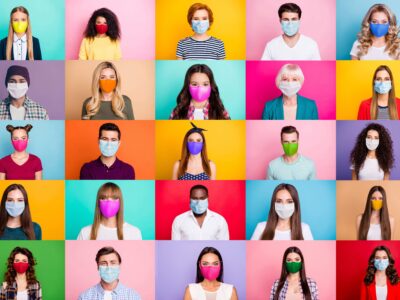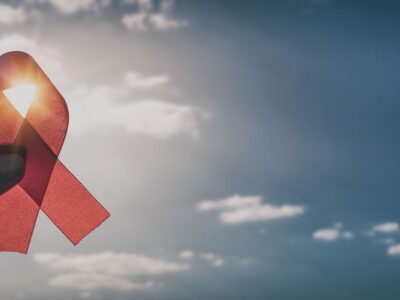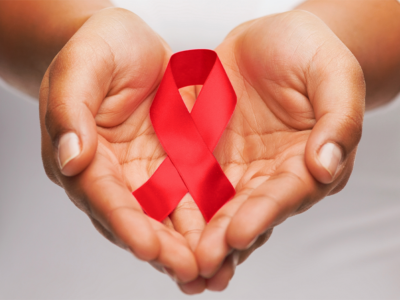December 1 is observed as World AIDS Day, which is dedicated to increasing awareness about AIDS and HIV. AIDS is a global pandemic that began in 1981 and has persisted as an international public health issue. Since the pandemic began, an estimated 40 million people worldwide have died from AIDS. In addition, an estimated 37.7 million people are currently living […]
Virus


A Brief Overview of COVID-19 Testing
As the number of COVID-19 cases in this country continues to surge, there has been a rush of Americans seeking to get tested for the coronavirus that causes it. If you’re considering testing but are confused about the various types of tests and what they do and when to get them, here’s a brief overview that might help. The first […]


United Against HIV and AIDS
World AIDS Day, which is observed on December 1st, was created to unite people worldwide in the battle against HIV and AIDS. It’s also a time to show support for people who have the virus and commemorate those who have died from it. World AIDS Day serves as a perfect opportunity to review what we know about HIV and AIDS. […]
Category Pages are limited to 10000 days. Please use the archive page or the search box to find older articles.




